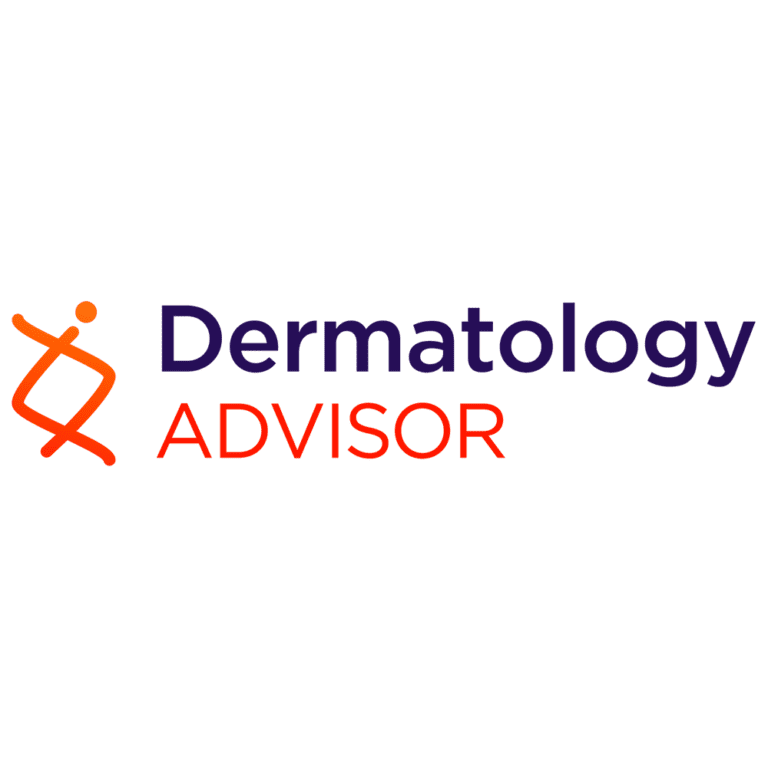The effectiveness of laser therapy for the treatment of burn scars in pediatric settings is influenced by the age of the scar, the type of laser used and treatment intervals according to study findings published in Burns & Trauma.
Burn treatment and rehabilitation are important in the pediatric setting, as burn scars are often accompanied by complications that can affect the child’s physical, psychological and social well-being. Laser therapy has emerged as an effective tool for treating pediatric burns.
To evaluate factors influencing the effectiveness of laser treatment for hypertrophic burns, researchers from the University of Birmingham in the United Kingdom conducted a systematic review and meta-analysis.
In total, 3 prospective studies, 2 randomized controlled trials and 2 retrospective studies were included in this analysis. The studies were conducted in the United States (n=3), Canada (n=1), Poland (n=1), Egypt (n=1), and China (n=1) and were published between 2012 and 2021.
“
The type of laser and the interval between laser treatment sessions influence efficacy, with studies using non-ablative lasers at shorter treatment intervals seeing the greatest improvement in burn scar outcomes.
The pooled population included 467 pediatric patients with a mean age of 10 (range, 3–17) years. the ratio of males to females was evenly split (1:1).
The most commonly used intervention in the studies was carbon dioxide (CO2) laser at a frequency of 10,600 nm (n=3). This was followed by a pulsed dye laser (PDL) at a frequency of 595 nm plus a CO ablative2 laser (n=2), PDL (n=1) and non-ablative laser (Nd:YAG) at a frequency of 1064 nm (n=1). The number of treatment sessions ranged from 2 to 8, administered at various intervals. Most studies (n=6) used the Vancouver Scar Scale (VSS) as the primary outcome.
Laser treatment significantly reduced VSS scores in all but 1 study, with standardized mean differences (SMDs) ranging from −4.512 to −0.470 in the significant studies (I2= 92.32%).
Laser treatment was associated with significant reductions in flexibility (SMD, -1.228; 95% CI, -1.735 to -0.720; I2=89.30%? Pi =0.000), pigmentation (SMD, -0.844; 95% CI, -1.344 to -0.343; I2=91.05%? Pi =0.000) and scar height (SMD, -1.744; 95% CI, -2.925 to -0.563; I2=98.34%? Pi =.004). Lasers also tended to reduce vascularity (SMD, -1.863; 95% CI, -3.239 to -0.487; I2=98.20%? Pi =.080).
In subgroup analyses, the investigators observed significant heterogeneity in VSS scores based on laser type (Pi <.001), treatment interval (Pi <.001), and scar age (Pi =.03). Overall, outcomes were more favorable with treatments without laser ablation (SMD, -2.71) and PDL plus ablative laser (SMD, -1.75) versus PDL (SMD, -0.47) or laser ablative treatments ( SMD, -0.64) only, for intervals of 6 to 8 weeks (SMD, -4.51) or 4 weeks or less (SMD, -1.85) versus 4 to 6 week interval (SMD, -0.74) . Results also tended to be more favorable for scars up to 12 months old (SMD, -1.97) versus scars older than 12 months (SMD, -0.59).
Study limitations include the small number of included studies, lack of controls, and significant study heterogeneity.
The researchers concluded, “Early initiation of laser therapy may be effective in the management of hypertrophic burn scars in [pediatric] patients by improving some of the effects of the burn scar.” They added, “The type of laser and the interval between laser treatment sessions affects efficacy, as studies that used non-ablative lasers at shorter treatment intervals observed the greatest improvement in burn scar outcomes.”


